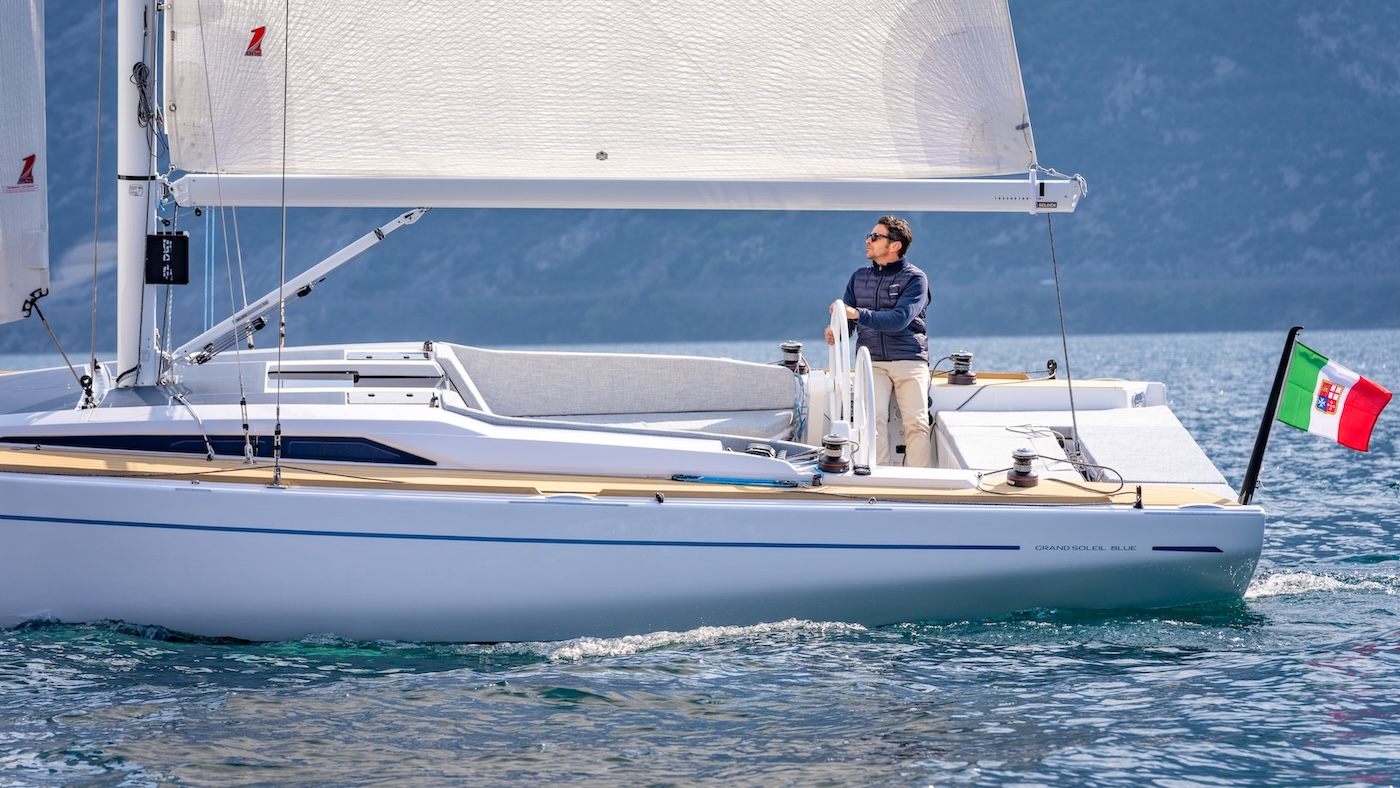The Nail knot (with loop)

In the following article, I want to deal with a highly reliable and efficient knot which guarantees the best fishing performances in big preys captures. I’m talking about what is generally known as “nail knot”.
Very popular among fishing experts for a very long time, this knot is particularly efficient to fish big predators and I personally consider it as one among the most important fishing knots anglers should know.
Even if it might seem similar to the knot commonly used to join the mouse tail with the terminal in fly fishing, the nail knot has completely different purposes. Mostly used in drifting with live bait for kingfish, snapper and grouper fishing, it includes many other applications in various situations, including, for example, tuna, swordfish and big ocean preys big game activities.
When fishing big predators, the nail knot with loop is an important fishing knot used to join nylon or fluorocarbon lines of different diameters (ranging between 0.50 and 0.90 mm) easily. Of course, the knot requires a little of dexterity but a little practice will help the angler to tie it fast.
The Nail Knot under the microscope

The nail knot is so-named because a penny nail or small tube is required to tie it and form well-structured loops. Keeping the loops from overlapping is essential so that the knot can ensure the maximum reliability.
With a little practice, however, the angler will learn to tie the knot even with no nail.
Thanks to its geometry and like the fishing knots we’ve already illustrated these weeeks- the solid and the Adiatic knot – the nail knot with loop guarantees very high breaking loads equal to about 90% of the fishing line’s breaking capacity.

The knot can be efficiently used to join leaders, terminals, solid rings and hooks.
As you can see in the step-by-step illustration below, once the loops are set taut, the nail knot requires just a little eyelet. This is a very important characteristics of this knot because this loop provides the hook with greater mobility and therefore greater strength especially if circle hooks are used.
For greater endurance, the knot can even include an additional protective cringle along the eyelet ( various alternatives are available on the market). A good solution consists in using a small kevlar tube to sheathe nylon or fluorocarbon eyelets, especially when their diameter is small.
The loop covered with the protection sheath prevents the knot from tightening around the reel ring or the hook eyelet excessively while providing greater endurance, which is essential during the hardest fights!
Let’s tie the Nail Knot (with loop)






























